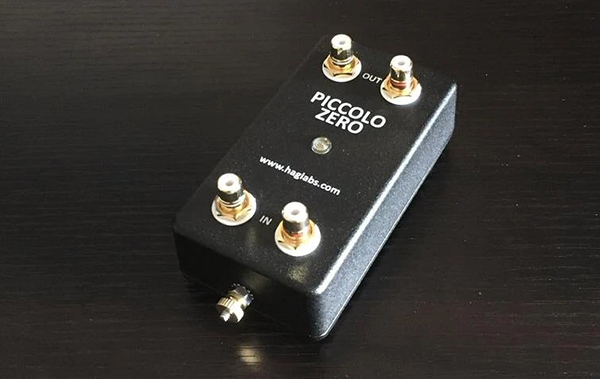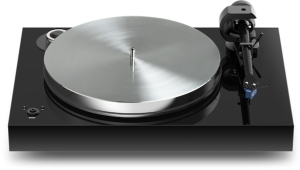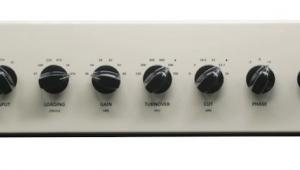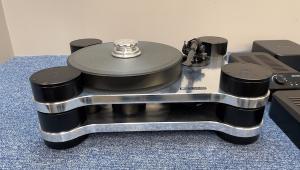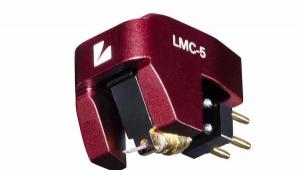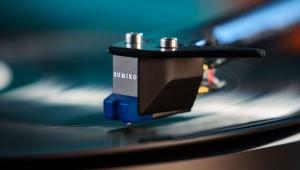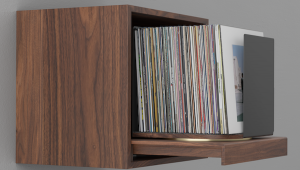Hagerman Audio Labs Piccolo Zero MC Headamp
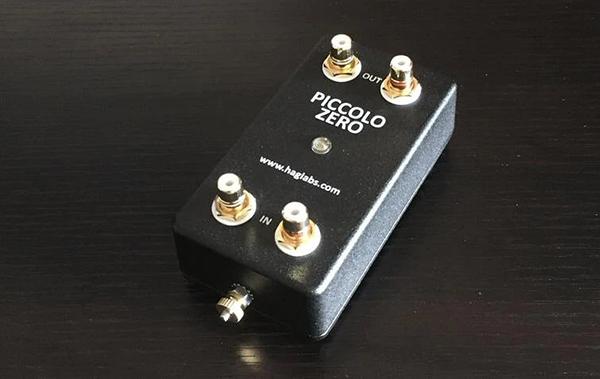
Jim Hagerman is at it again. The Hagerman Audio Labs head honcho did some soul searching recently about cartridge loading — and while doing so, he in turn came up with the Piccolo Zero MC (moving cartridge) headamp.
Hagerman reached out to me directly to tell the tale of how the Piccolo Zero came to be.
“Right before the holidays, Jim Austin [the editor of our sister site, Stereophile] wrote a great opinion piece [in the As We See It column] regarding cartridge loading and distortion,” Hagerman observes about Austin’s truly insightful column that you can read here.
“Herb [Reichert] followed that up by talking about MC loading and tracking ability,” Hagerman continues. “Well, that lead to a bunch of email threads between Dave Slagle, myself, Herb, and others discussing merits of the case. They also wanted me to update my cartridge loading page, as the previous version was confusing to customers — at least for Dave. Anyhow, it led to a lot of work, more simulations, the addition of braking theory, and my development of a new formula to calculate bandwidth of a cartridge in current mode.” You can see Hagerman’s cartridge loading-related updates here.
Continues Hagerman, “Well, that got me thinking, ‘I need to try this out’ — so I designed a new transimpedance headamp. Oh my, the sound was something new, something very controlled, something wonderful. I may not prefer it for Earth, Wind & Fire, but Patricia Barber and Miles Davis? Absolutely!”

According to Hagerman, Piccolo Zero is a transimpedance headamp that offers “an upgrade path for anyone with a decent MM phono preamp to delve into current mode operation.” It is designed to operate MC cartridges in that current mode — i.e., zero input impedance — which is said to be desirable for its improved tracking ability, resulting in lower distortion and well-controlled sonic presentation. The Piccolo Zero offers four levels of gain that are selected by “tiny” internal switches (83V/A; 0dB, +4dB, +6dB, and +12dB) with the nominal gain set at 132ohms (“yeah, that sounds funny, but it’s true,” adds Hagerman).
Other specs and features for the Piccolo Zero include an input impedance of 0ohm, output impedance of 330ohms, DC bandwidth to >1MHz, and an included power supply (24V @60mA).
Finally, the SRP for the Hagerman Audio Labs Piccolo Zero headamp is $249. Hagerman adds that the company still offers the Piccolo MC headamp (voltage mode with traditional resistive loading), which has an SRP of $259.
For more about Hagerman Audio Labs and how to order their gear directly, go here.
